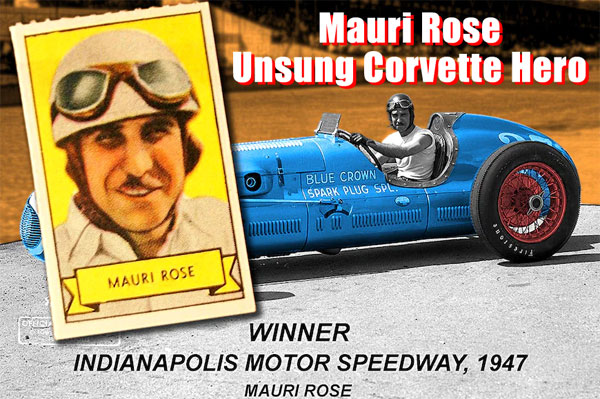Genuine Unsung Corvette Hero
There are a few dozen Corvette heroes and arguably hundreds of unsung heroes. Most engineers are quite thoughtful people that do not seek attention. Of all of the Corvette heroes, Zora Arkus-Duntov was atypical, he loved attention, and that made him the perfect Corvette frontman.
But Duntov wasn’t the only player in Ed Cole’s dream team of specialists for the then-new Opel sportscar project. Riding on his success with the 1949 Cadillac OHV Cadillac engine and the soon-to-be-released small-block Chevy engine, Cole was promoted to Chevrolet chief engineer in the fall of 1952
Chevrolet Chief Engineer, Ed Cole Builds His Corvette Team
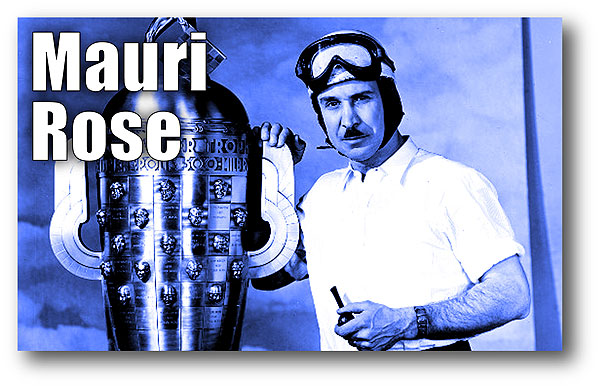 Cole wanted a team of engineers with chassis, suspension, and racing expertise for Harley Earl’s Opel sports car project. His hand-picked team included: chassis expert Maurice Olley, engineers Harry Barr, Russ Sanders, Maurice Rosenberger, Duntov, and three-time Indy 500 winner, Mauri Rose. Rose had the most racing experience and Cole told him, “You are the man to do the sports car.”
Cole wanted a team of engineers with chassis, suspension, and racing expertise for Harley Earl’s Opel sports car project. His hand-picked team included: chassis expert Maurice Olley, engineers Harry Barr, Russ Sanders, Maurice Rosenberger, Duntov, and three-time Indy 500 winner, Mauri Rose. Rose had the most racing experience and Cole told him, “You are the man to do the sports car.”
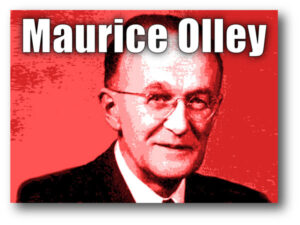 Rose later said, “There were no drawings, all I had was an 8-1/2” x 11” sketch.” (Olley’s sketch) Working in a sequestered loft with a sketch and basic dimensions, Rose started roughing out the frame with wood and Styrofoam. When pieces worked out they were then made from metal in the build shop.
Rose later said, “There were no drawings, all I had was an 8-1/2” x 11” sketch.” (Olley’s sketch) Working in a sequestered loft with a sketch and basic dimensions, Rose started roughing out the frame with wood and Styrofoam. When pieces worked out they were then made from metal in the build shop.
While Rose’s three-time Indy 500 record loomed large, he only ever raced at Indy and was always a working engineer at the Allison Engine Company in Indianapolis. When Rose was preparing for a race, he would do his track testing on his lunch hour.
Rose raced at Indy a total of 15 times, won in 1941, 1947, and 1948 and had a reputation for being a hard-charging, fierce driver. After a crash in 1951 at Indy, Rose retired from driving at the age of 45 and quickly found work at GM.
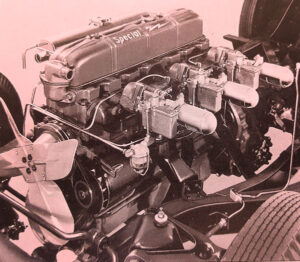 As the new SBC wasn’t yet ready for production, Rose was also tasked with putting more power into Chevy’s Stovebolt Six. Using every racing trick that might work on a street engine, Rose got 190 horsepower from the old Chevy, but the engine was too hard to start and the idle wasn’t good. So, Rose had to dial it all back to 150 horsepower.
As the new SBC wasn’t yet ready for production, Rose was also tasked with putting more power into Chevy’s Stovebolt Six. Using every racing trick that might work on a street engine, Rose got 190 horsepower from the old Chevy, but the engine was too hard to start and the idle wasn’t good. So, Rose had to dial it all back to 150 horsepower.
Zora Arkus-Duntove Arrives On the Scene
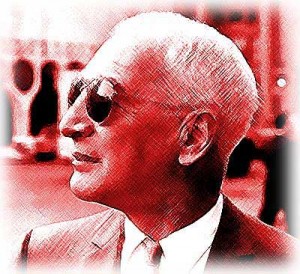 On May 1, 1953, Duntov was hired and was thrilled to work with Rose. The two hit it off great with racing as their shared major interest. Duntov commented about Rose, “He was a good engineer – very good.”
On May 1, 1953, Duntov was hired and was thrilled to work with Rose. The two hit it off great with racing as their shared major interest. Duntov commented about Rose, “He was a good engineer – very good.”
Rose was a short man that could be abrasive, but he always stuck to facts. He once told Duntov, “You’re a better engineer than a racecar driver.” Regarding Duntov’s driving style, Rose said, “Zora couldn’t drive a nail.”
Regardless, the two were good friends for decades. On December 16, 1953, in a memo to Maurice Olley, Duntov proposed offering special racing parts for Corvette owners through the GM RPO parts system. This idea took almost two years to sprout.
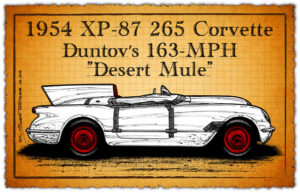 On September 9, 1955, to make a big splash for the new SBC engine, a 1955 Chevy Bel Air was prepared for a run at Pike’s peak. Duntov charged up the mountain road and set a class record with a run of 17 minutes, and 24.05 seconds. Buoyed by their success, Duntov proposed to Cole that they do something spectacular for the debut of the 1956 Corvette – such as go for a 150-mph speed run.
On September 9, 1955, to make a big splash for the new SBC engine, a 1955 Chevy Bel Air was prepared for a run at Pike’s peak. Duntov charged up the mountain road and set a class record with a run of 17 minutes, and 24.05 seconds. Buoyed by their success, Duntov proposed to Cole that they do something spectacular for the debut of the 1956 Corvette – such as go for a 150-mph speed run.
Cole agreed and by December, with the help of Rose, Jim Reed, and Sanders, a 1954 Corvette fitted with a specially-built 265-SBC with Duntov’s new cam, 3.27:1 gears, and special aerodynamic body parts. Duntov hit 163 mph at GM’s Phoenix, Arizona test track.
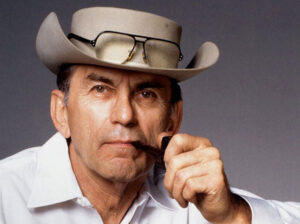
On September 29, 1955, Cole charged his team to design and develop racing parts for the production Corvettes. Rose and Duntov would lead the effort with help from Barr, Sanders, and Rosenberger. Duntov ran the on-the-board engineering in Detroit and Rose would work with Smokey Yunick in Daytona.
Cole proposed Rose and Yunick build two new race-prepared 1956 Corvettes and Duntov’s ’55 mule with a ‘56 Corvette body for a record run at Daytona Beach. On the beach, records were set and it was a big PR success for Chevrolet. Racing Corvettes at the 1956 12 Hours of Sebring and Le Mans was Cole’s idea.
But Duntov objected, explaining his concerns about the low-income housing next to the track. Zora didn’t want to chance a 1955 Le Mans-like disaster that could end the Corvette. Besides, Duntov didn’t see production Corvettes as race cars.
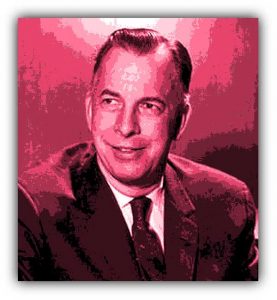 Cole said, “Fine, I’ll get someone else to manage the team.” and hired racecar driver John Fitch. Duntov couldn’t stand being on the sidelines for long. He quickly joined Rose, Yunick, and the rest of the Chevy engineers at Sebring for a month-long testing session. By this time, Rose was also very involved with Yunick developing Chevy’s NASCAR program.
Cole said, “Fine, I’ll get someone else to manage the team.” and hired racecar driver John Fitch. Duntov couldn’t stand being on the sidelines for long. He quickly joined Rose, Yunick, and the rest of the Chevy engineers at Sebring for a month-long testing session. By this time, Rose was also very involved with Yunick developing Chevy’s NASCAR program.
Corvette Gets Ready For Battle
Getting the Corvettes ready for competition was difficult. The cars were overweight and broke nearly everything in testing. On January 18, 1957, Rose issued a long memo detailing his wish list of performance improvements. The list covered everything from a new vibration damper for the crank to torque rods for the rear axle.
Working with Yunick and three Chevrolet engineers, the team designed, tested, developed, verified, and then cataloged the new parts as RPOs by Chevrolet Engineering and Sales. This way, Corvettes with special parts would still be considered “production vehicles” for Sebring and other races.
Most of Rose’s items made it into production within a few years. Only a veteran racer could have come up with Rose’s list. This effort, spearheaded by Rose, with help from Yunick and Chevrolet engineers in the field, plus Duntov back in Detroit; was responsible for creating the Corvette’s racing success.
A Class Win at Sebring, The Real McCoy!
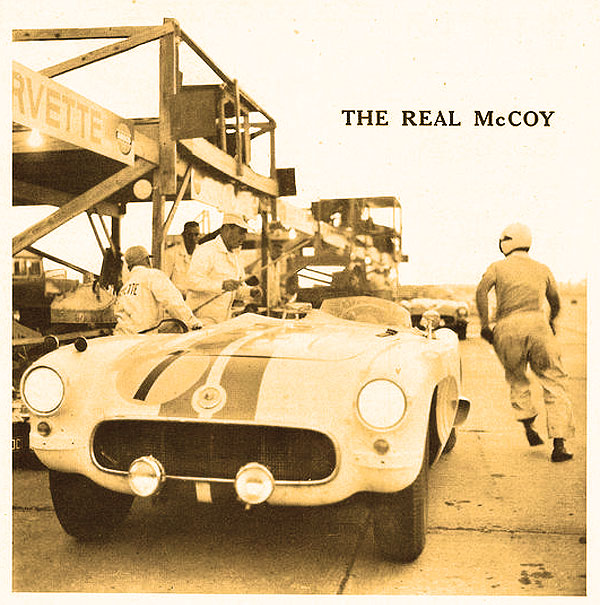 When the flag came down at Sebring, the Corvette came in 1st in class and 9th overall. Chevrolet’s advertising agency created the now-classic “The Real McCoy” print ad, featuring the winning 1956 Corvette in full racing trim in the pits during a driver change. This huge win was the beginning of Corvettes becoming a dominating force in racing.
When the flag came down at Sebring, the Corvette came in 1st in class and 9th overall. Chevrolet’s advertising agency created the now-classic “The Real McCoy” print ad, featuring the winning 1956 Corvette in full racing trim in the pits during a driver change. This huge win was the beginning of Corvettes becoming a dominating force in racing.
Three years later, Jim Jeffords’ Purple People Eater 1959 Corvette was the SCCA B/Production Class Champion. Also, racers such as Dave MacDonald, Doug Hooper, and others were making names for themselves.
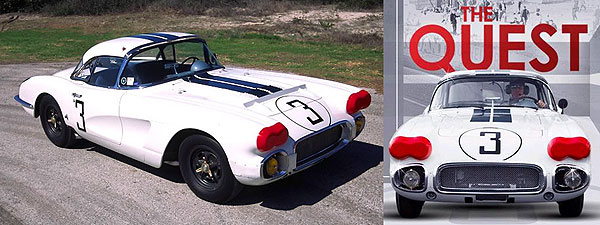 In 1960 Briggs Cunningham took three Corvettes to Le Mans and took home Corvette’s first class win at Le Mans. Arguably the best of the C1 racecars was the 1962 Grady Davis Gulf One Corvette that won the A/Production Championship.
In 1960 Briggs Cunningham took three Corvettes to Le Mans and took home Corvette’s first class win at Le Mans. Arguably the best of the C1 racecars was the 1962 Grady Davis Gulf One Corvette that won the A/Production Championship.
Rose was a “racer’s racer” and quickly earned Yunick’s respect. Yunick said of Rose, “He was a hard-working, sharp, ‘run to win, or bust’ sort of cat. For a self-taught engineer, he was plenty good. He didn’t have to do any physical work. He didn’t have to put in 80 hours a week. He did because he was a racer first, and a Chevy engineer second. If racers ranked from privates to generals, Mauri would have been five-star.”
Sometimes Fate Can Be Cruel
While Rose worked in the trenches, Duntov made a name for himself inside Chevrolet, eventually becoming the Corvette’s chief engineer. As Rose’s star was fading, personal tragedy hit him. His wife left him with two small children stricken with polio to raise, which curtained his fieldwork for Chevrolet.
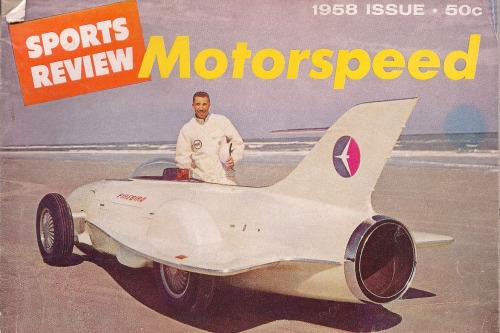
Having two physically handicapped children motivated Rose to design and develop hand-controls to enable the handicapped to be able to drive road cars. Rose considered this to be his most satisfying achievement; more so than his three Indy 500 wins.
In 1967 as plans were being made for the new Camaro to pace the Indy 500, Duntov pulled strings to get Rose to drive the pace car. From 1967 forward Rose kept a very low profile, eventually finding work at AMC. Rose’s last public appearance was as one of the Guests of Honor at the 1980 Indy 500. Rose died on January 1, 1981, at the age of 74.
Rose has been well honored. In 1967 he was inducted into the Indy 500 Hall of Fame. In 1994 he was posthumously inducted into the International Motorsports Hall of Fame. In 1996 Rose was inducted into the Motorsports Hall of Fame of America, and in 2007 inducted into the International Jewish Sports Hall of Fame. Some day, Mauir Rose will be honored as a National Corvette Museum Hall of Famer.
Were it not for racing, we wouldn’t have a Corvette today. Rose was a major player in setting the Corvette’s course as a racing champion. – Scott


